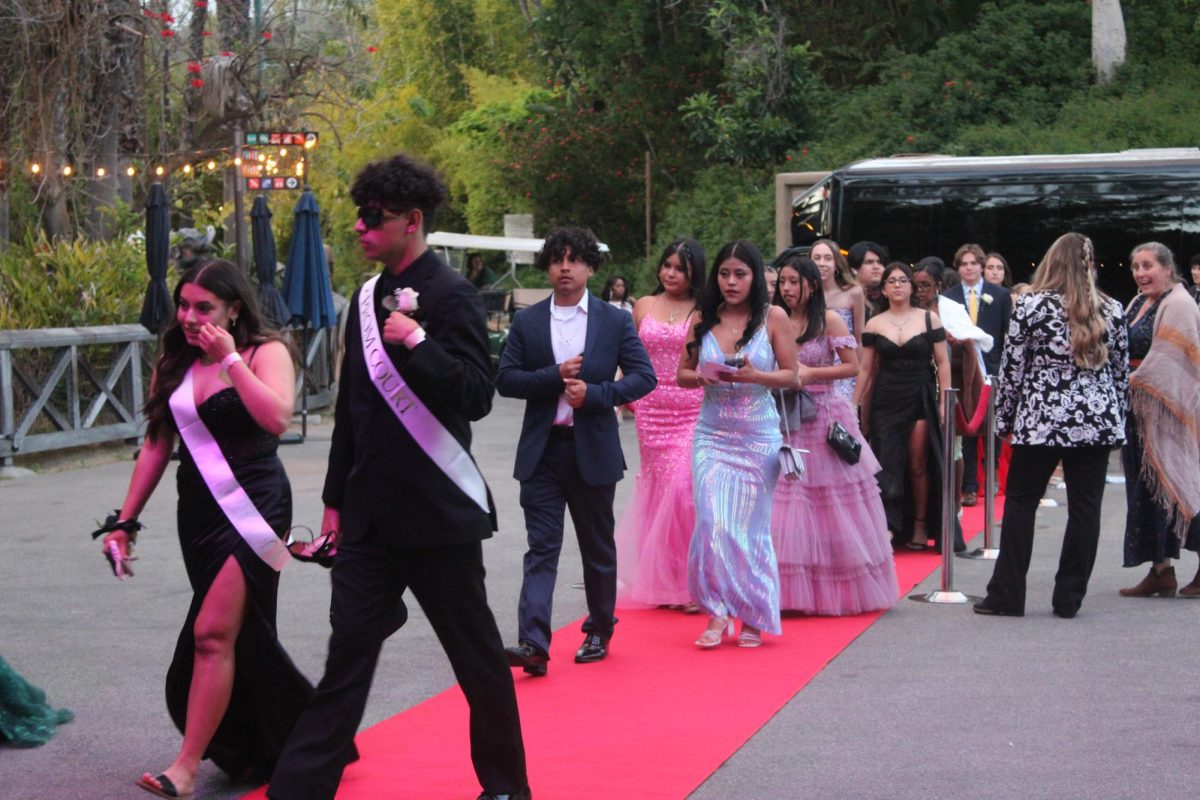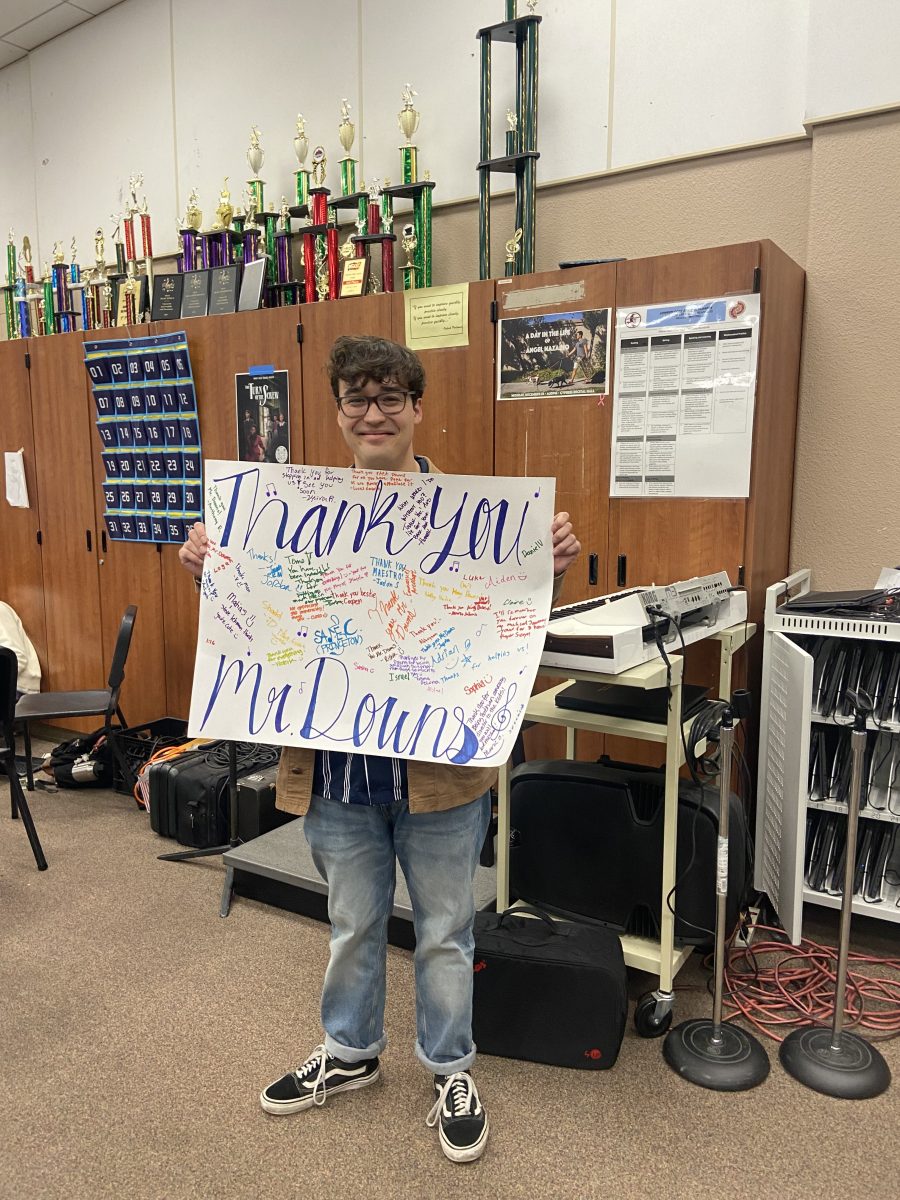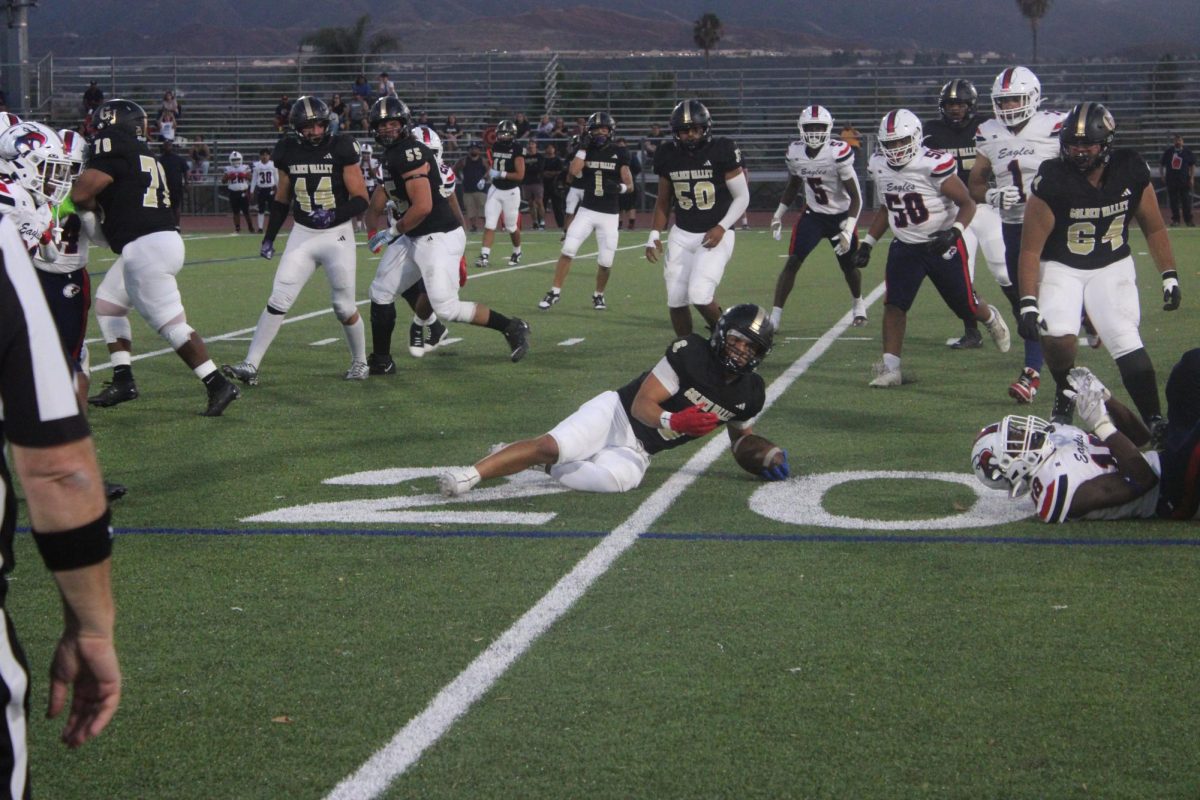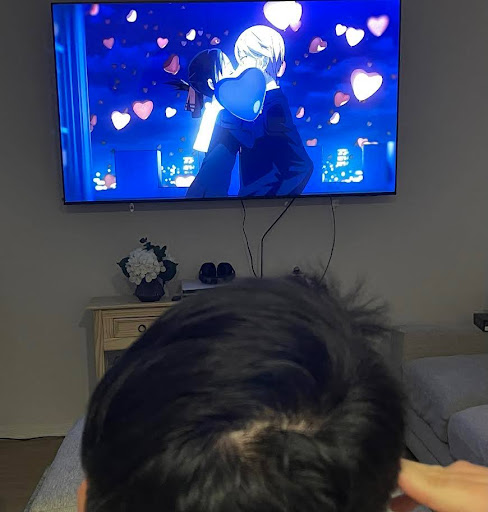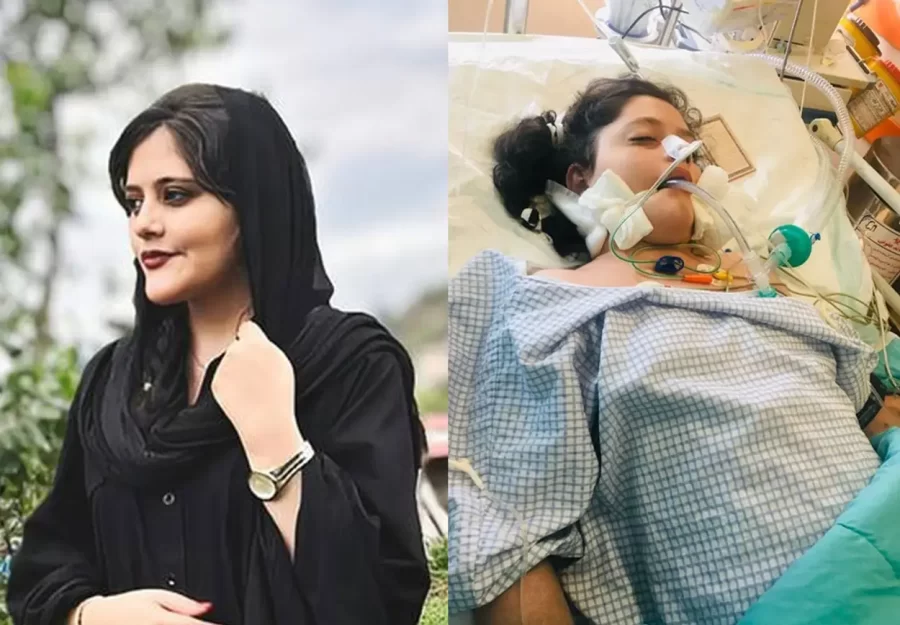Iran Morality Police Kill 22 year old Woman for Breaking a Dress Code
The Story of Mahsa Amini
Mahsa Amini, 22, before and after taken into custody by morality police.
Who was Mahsa Amini?
The brutal murder of Mahsa Amini by the hands of the Iranian police has sparked new protest by feminist in Iran. On September 13 Mahsa Amini was taken into custody by Tehran police for wearing “inappropriate attire.”
Mahsa Amini was with her younger brother, Kiarash Amini at a train station when she was stopped by authorities. Accused of not complying with Guidance Patrol, and not wearing her hijab to fully cover her hair. Though Kiarash Amini with his best efforts tried to intervene, the militant hostility, police told him they were taking her away for a “morality lesson” and she would be released in a few hours.
After notifying his parents, Kiarash Amini was said to have gone to the station his sister was held at. In an interview with Time News, he states, “When I arrived in front of the building, there were dozens of people carrying clothes for the women detained inside. Suddenly we heard screams. The agents rushed out of the building and attacked us with batons and tear gas. Five minutes later an ambulance left the building. A woman told us “Someone was killed in there”. My mother showed Mahsa’s photo to the girls who came out. One of them said she had passed out in her arms. I asked one of the soldiers what happened. He replied: “One of our people was injured.” But she lied: it was Masha in that ambulance.””
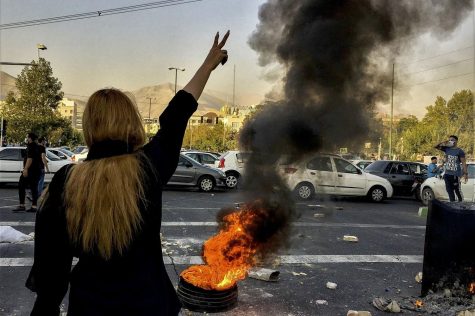
Witnesses from the scene have claimed to have seen the police beat Mahsa Amini inside of the van. Kiarash witnessed his older sister face their cruel and violent tactics that would lead to her eventual demise just three days later
In attempts to hide the true details of Mahsa Aminis death, the Iranian government forged fake medical records for Amini, pretending that she had a history of heart disease to make it more believable when telling the public that a stroke was the cause of her death. This, however, was completely fabricated.
To take their efforts further the Iranian Government staged a recording of Mahsa Amani falling to the ground after experiencing a “heart attack” that would later cause her to go into a coma according to the government. Though there has never been a proper autopsy report made to prove these claims.
Sparked Outrage Leads To Woman-Lead Protests
The barbaric and ludicrous falsifications of Mahsa Amini death, since has sprouted into an anti-government movement. Outraged, Iranian women and men across the country take to the streets in protest.
Motivated by the fundamentally unacceptable acts of Iran’s morality police to rally against the Islamic republic, Iranian women are in defiance cutting their hair and burning their head scarfs.
Iranian dress code requires women to cover their hair and is a mandatory law that has not yet been abolished. It is the duty of Iran’s morality police to enforce these laws even if that leads to harsh and cruel punishments such as the death of Mahsa Amini, and over 300 protestors who were killed by police including over 60 children.
Harassing women, slapping them, beating them with batons, dragging them by their hair and forcing them into vans, and then running over their family members who try to retrieve their loved ones. These are all common tactics of Iran’s morality police.
Gender based violence against women is a continuous act baked within the country who’s laws do little to protect women and treat them as second class citizens.
Suppressing Iranian Voices
Since the uproar of Iranian citizens, protesters have been met with tear gas, water cannons, and firearms loaded with metal pellets from Iranian authorities, says Iran International.
Multiple reports record the arrest of protestors at the hands of the conservative regime. The Washington Post reports at least 92 people (including activists, journalists, and lawyers) have been arrested for their role in protests.
Additionally, authorities have imposed internet disruptions. These suppression tactics have applied restrictions to apps like Instagram and WhatsApp.
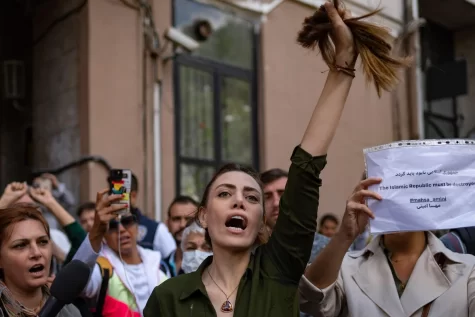
Systematic Misogyny and Police Brutality
Police brutality is a universal principle, one made worse by the authoritarian theocratic regime in Iran.
This theocratic nightmare and unbalanced power of conservative fundamentalist Islamists go hand in hand to justify the current Iranian administration. Current sanctions only add further to this instability.
Sanctions are collective punishment with the goal of political instability that, in theory, holds the hope of regime change and that citizen uproar might convince their leaders to reach for diplomacy. However, this method of aggression, more often than not, never hurts the people it’s suppose to.
Material conditions, however, cannot justify the Iranian states’ actions against its own people. This legitimate movement of people in an oppressive fundamentalist regime has sprouted, justifiably, as a direct consequence of being brutalized by their government.
In both law and practice, Iranian women are subjected to discrimination. Harassment, ill-treatment, and arbitrary detention are all too common responses towards women who defy Islamic fundamentalists.
Isela Fisk is a staff writer for the campus news division of Golden Valleys' student newspaper. While her hyper-fixations range from animal crossing to multimedia design, falling into the niche rabbit holes of pop culture is arguably her special skill. As a senior, she was ecstatic to participate in her passion for journalism during her last year of high school. Her visionary perspectives have earned her recognition in the past for poetry and short story events. She firmly believes that her duty as a community-focused writer is to commit to truthful and thorough reporting as she grows inspiration from covering public issues.
Since age 14, becoming a contributor to the well-being of her community has always been a priority, donating her time to assist food pantries and homeless shelters. To shed light is to make a difference. This is the power journalism had always had for her; recognizing it when she understood journalists were the link between media and the public.
“It’s...

Hannah Monet Medellin is a twelfth grade student at Golden Valley High School. She is active in her school by being a staff writer for the new Grizzly Gazette, and a peer counselor at the GROWL center. She began peer counseling in the eleventh grade and has worked her way to the honors peer counseling. Hannah is an avid reader and plant owner. For most of her life she found herself lost in the thoughts of others that shared it through ink on a paper. When she was fourteen she began to fall back into her love for plants and has plans to have her own greenhouse someday.
She has always had a love for reading and writing and can’t wait to participate in reading everyone's articles and sharing her own. Showing the creativity of others is her goal. If there is any short story, poems or art that wants to be submitted she’d love to share it in her articles!



